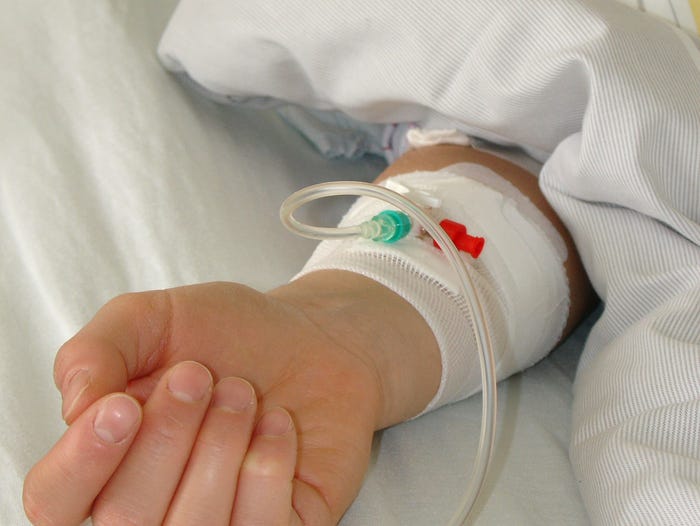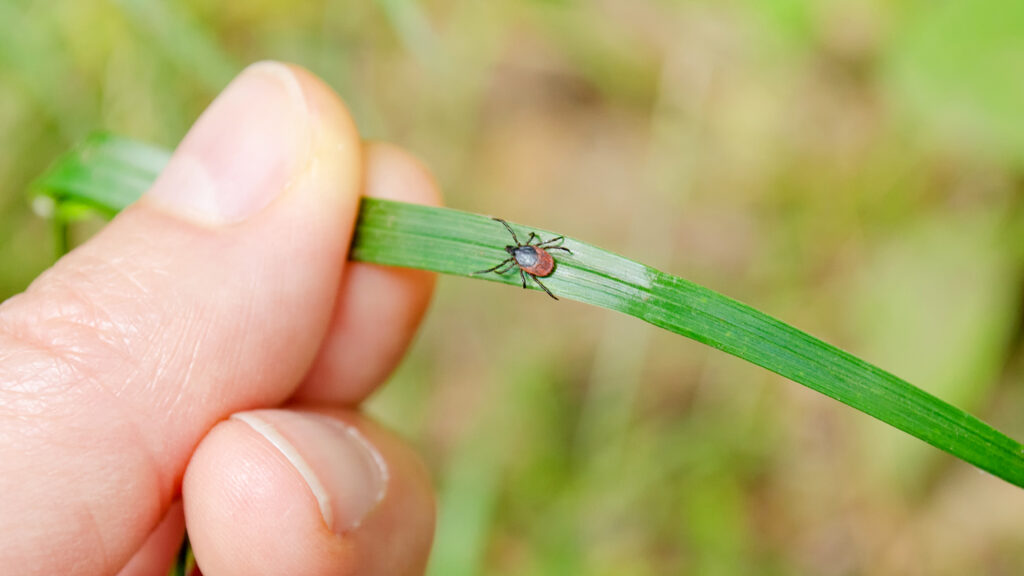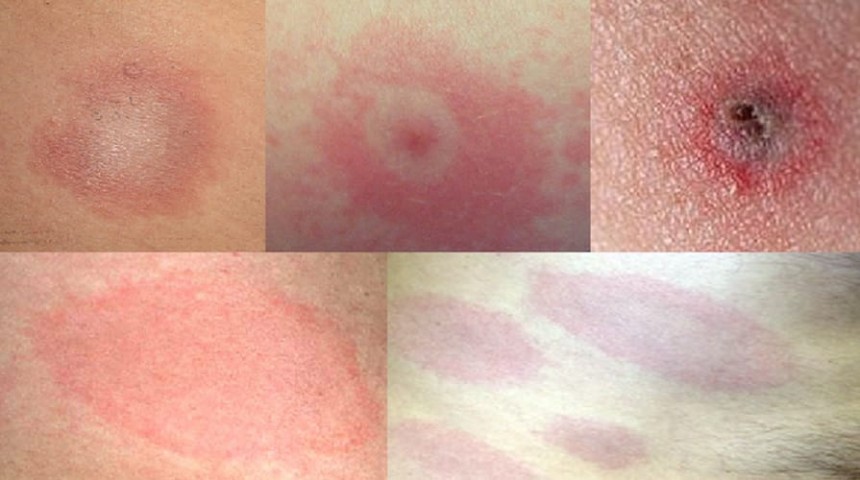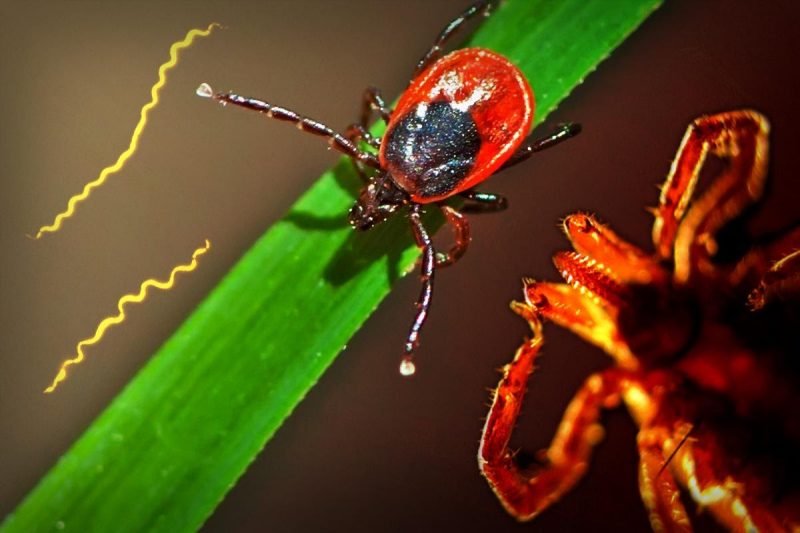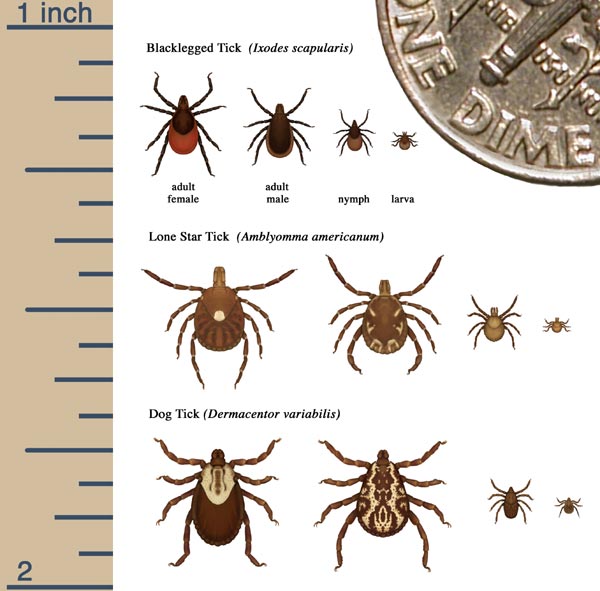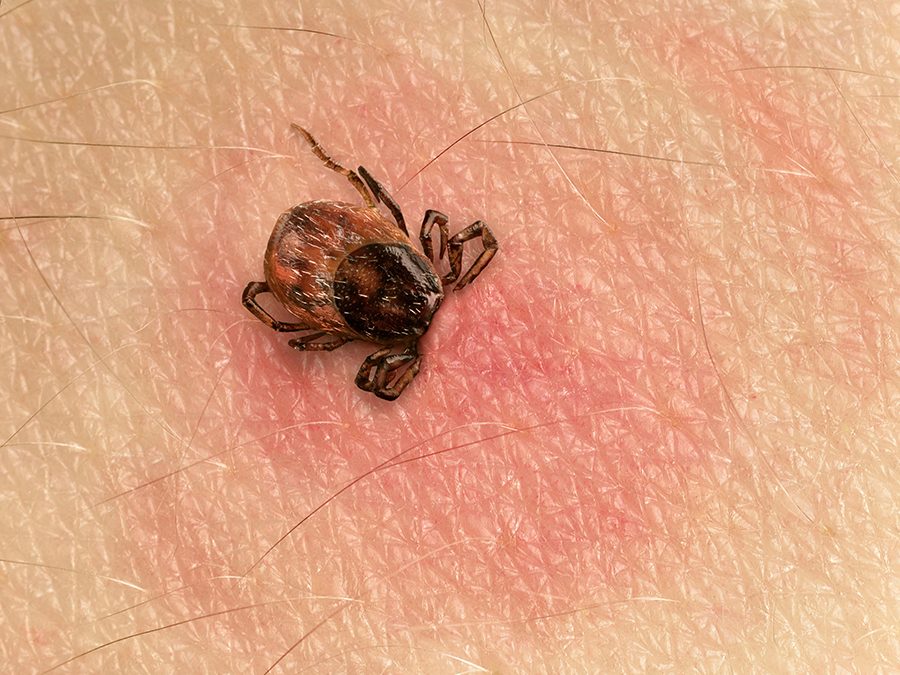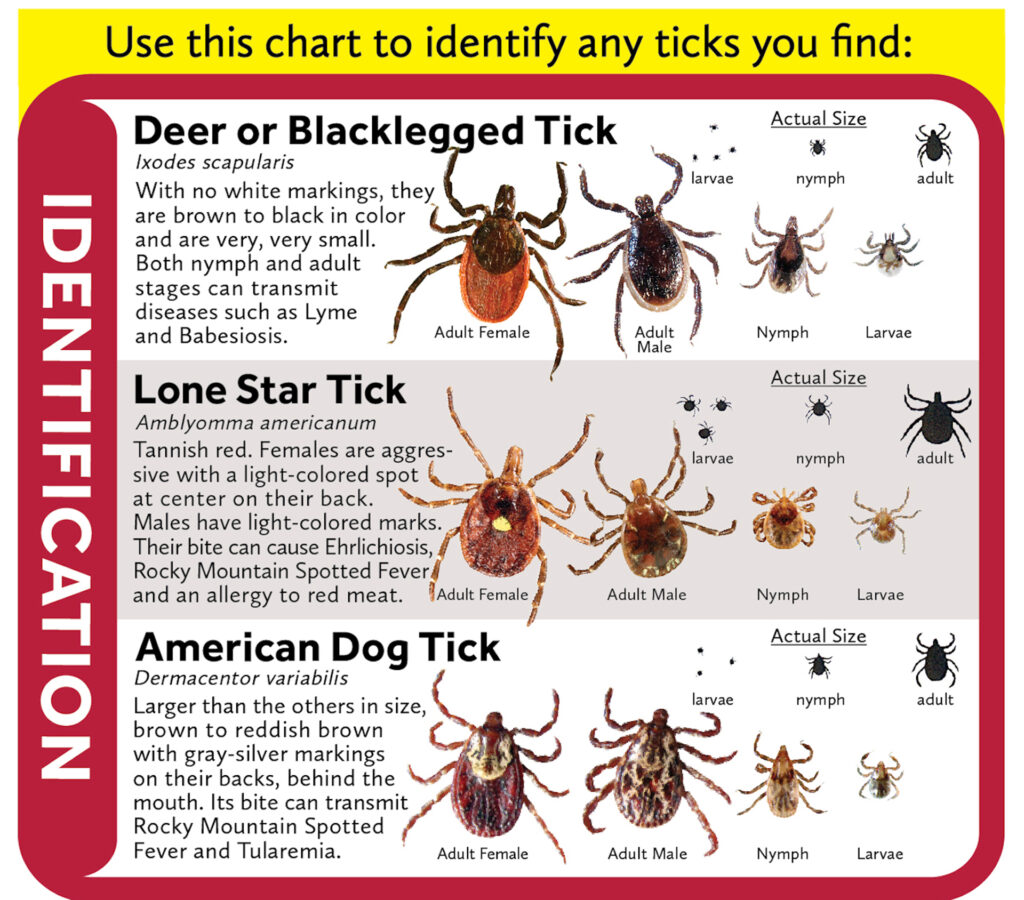Undergoing multiple courses of antibiotics may cause side effects which are called the “Herxheimer reaction”. This is characterized by a detox-like reaction and can cause the patient to experience symptoms such as mild to severe diarrhea.
Another side effect of taking antibiotic treatments for a lengthy period is the overgrowth of yeast in the person’s gut.
Despite the side effects, undergoing a longer course of antibiotic treatment has provided promising results for many Lyme disease sufferers.
The Use of Natural Treatments for Lyme Disease
Many sufferers, especially those with chronic instances of Lyme disease, have found traditional MD treatments ineffectual. A range of natural treatments has been tried and many claims to have overcome their condition through these means.
The use of antimicrobial herbs for treating Lyme infections has been shown to be effective in providing relief from chronic Lyme disease. The risk of suffering from side effects is lower than from prescribed antibiotics, however most doctors will favor traditional pharmaceutical solutions.
Nutritional therapy, lifestyle counseling and natural detoxification methods have played their part in undertaking a natural treatment plan. Most of these natural treatments can also be used in conjunction with an antibiotic treatment program.
Of course, some Lyme disease patients have co-existing medical conditions which must also be addressed, regardless of which course of treatment they take. We need to take into consideration all the different aspects of the bacteria that forms the Lyme Disease.
- Our living conditions,
- our eating habit,
- mindset,
- attitude towards wellness.
There is much ongoing discussion regarding both incidence and treatment of the disease. It is certain that over the next few years this will increase, hopefully providing further enlightenment into overcoming the disease and its symptoms.
If you have had issues with your health and come to realize that what you have is no more than a bacteria that has invaded your body and there is a water purifier that has a solution to your problem, why wouldn’t you want to go and find out right now?
So many people have spent thousands of dollars and never were able to totally rid themselves of the pain and suffering caused from Lyme Disease, if you are one of those, consider the most reasonable solutions for pennies a day. In my many years of researching different alternative products, I have come across a product that is fully explained in a book called:

Lyme Disease Non-Medical Diagnosis and Treatment
By: Herb “Roi” Richards
How I kicked Chronic Lyme disease in one year for Pennies.

It has a product that Roi used and is very accessible though the book and is a god sent for those who are living with the bacteria to find a solution to rid their body of something so misunderstood and unrecognized, yet so simple to get your body back in balance with a NACS Water Purifier.
Life is meant to be simple, understandable, and worth living a healthy balance life.
